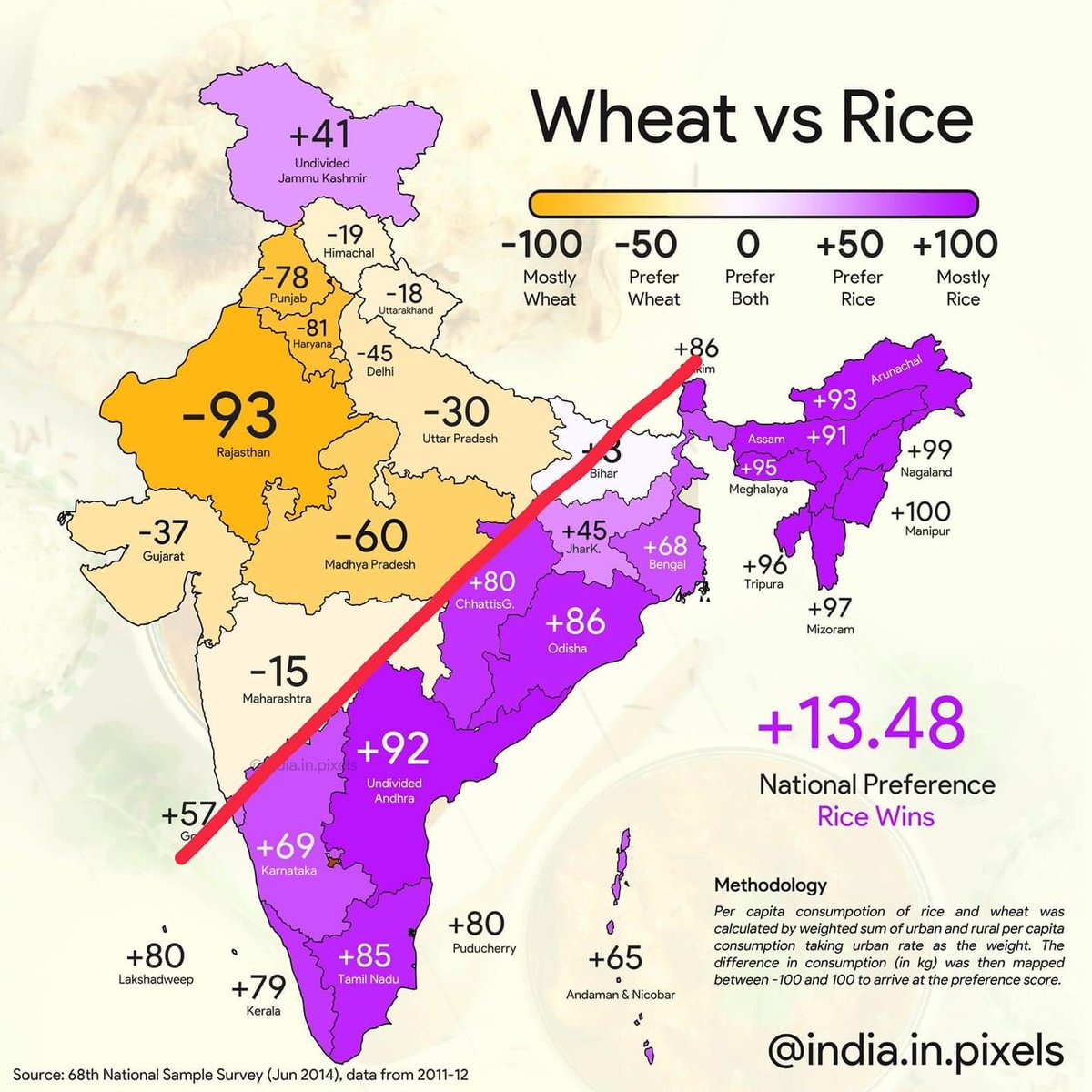
1. Spices and Meat
Surprisingly, flawed opinions persist about the use of spices in Early Modern Europe. Apparently it was to cover the smell of rotting flesh or to compensate for poor quality meat.
I read two instances recently.
Surprisingly, flawed opinions persist about the use of spices in Early Modern Europe. Apparently it was to cover the smell of rotting flesh or to compensate for poor quality meat.
I read two instances recently.

2. MNPearson writes in Spices in the Indian Ocean World (2016 edn.: xvi), otherwise a terrific source, that “Spices, and especially pepper, were widely used to disguise the semi-putrid smell and keep the meat palatable through the winter.”
3. In an otherwise brilliant book (Wanderers, Kings, Merchants 2021) Peggy Mohan repeats, “spices needed for preserving meat before the days of refrigeration.”
I recently heard a visiting historian new to food repeat that at NYU.
I recently heard a visiting historian new to food repeat that at NYU.
4. Most historians of food disagree for the following reasons:
Spices don’t cover the smell of rotting flesh. Only people who don’t use spices think so.
Spices don’t cover the smell of rotting flesh. Only people who don’t use spices think so.
5. Using something expensive like spices to compensate for the quality of meat, lot of which was of high quality and was relatively cheaply available does not make sense (Paul Freedman, Out of the East 2008):
6. “Spices were very expensive, and meat was relatively cheap. According to the household accounts of the earl of Oxford in 1431–32, an entire pig could be had for the price of a pound of the cheapest spice, pepper.”
7. Salting and drying are better ways of preserving meat that developed everywhere in Europe. Spices were added for aroma and flavor.
8. Meat does not need immediate refrigeration as evident from meat sold in the markets of South Asia and Sub-Saharan Africa. Some meat, such as game, improves with hanging.
9. There is an interesting sociology to this: modern Western Europeans cannot believe that anyone eats spicy food just because it tastes good. There had to be another function.
10. The dominant paradigm of usage of meats/vegetables in Western haute cuisine, after the nouvelle turn, assumes that things naturally taste good as themselves; as their pure essence. So they cannot believe that their ancestors would spice foods. Chefs are complicit in this.
11. Of course when you are a Western European elite in the modern world, you don’t need to look around at other peoples’ practices and correct your error. You naturalize your current tastes. Missing the lessons of history and sociology in the process.
12. Persian, East African and South Asian culinary aesthetic: a dish w/meat should have layered complexity of aromas. The meat should not taste of itself (w/ some exceptions). Sophisticated techniques are used to do that. An aesthetic as legitimate as nouvelle cuisine naturalism.
13. Then some Euro-American chefs and critics use forms of Japanese minimalism and naturalism to universalize their presumption: things should taste of themselves. That is the law of good taste in global haute cuisine today.
14. To return to my original point: yes there were other functions to the use of spices beyond pure taste. It was to exhibit power and affluence. That was the opposite logic of making rotting meat palatable.
Allen Grieco the historian adds: “By the way medieval meat had to be sold the day the animal was slaughtered so although rotting meat might have slipped through at times (punishment being draconian for those who were caught) for the most part meat was anything but rotten!”
16. Allen Grieco: “Good luck w/ that battle. It is one of about three or four most deeply embedded myths that are quite impervious to any argument. Forty years battling this along with all of my medieval colleagues and early modernists and you still find historians writing this.”
17. There is a historiographical lesson here from Grieco: “Food history continues to be a pariah among historians and therefore we see the latter writing about well researched subjects without consulting the bibliography and relying on received wisdom.”
18. Another historian Nicole Tarulevicz adds sharply: “I get my students to do the maths around cost of spices vs drugs in different time periods i.e. would you cover bad meat with cocaine?”
Those who have asked about curry in London = my review of The Social Significance of Dining Out by the foremost UK team Alan Warde, Jessica Paddock and Jennifer Whillans is coming out in Contemporary Sociology soon. Interesting data on popularity and prestige. Things are changing
Medieval: Spoiled or Splendid? Aaron Hostetter. ‘The state of medieval eating in the modern imagination: first is sublime & religious; other repellent and decadent, the presumed practice of eating spoiled meat, its putrid taste disguised within an overpowering façade of spices.’
“To limit their [spices’] function to food preservation and explain their use solely in those terms would be like calling champagne a good thirst quencher.”
— Wolfgang Schivelbusch
— Wolfgang Schivelbusch
Coming from the other direction: tooth plaque analysis is pushing dates for long-distance exchange of spices further back. smithsonianmag.com/smart-news/med…
We see better evidence of previous regimes of taste in Western desserts and charcuterie. Uneven and unequal development.
• • •
Missing some Tweet in this thread? You can try to
force a refresh









